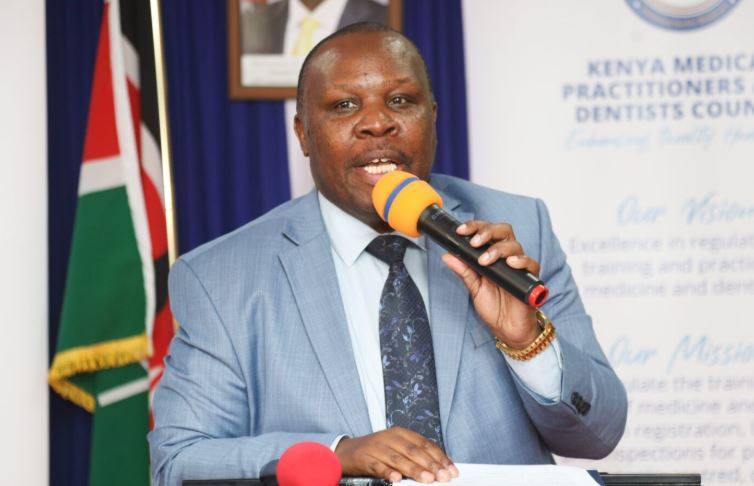The Kenya Medical Practitioners and Dentists Council (KMPDC) has introduced new procedural guidelines for health facility owners and stakeholders concerning appeals and updates to bed capacity. This comes amid growing queries from facilities regarding changes to their categorisation and bed allocations.
In a public notice issued by the council, CEO Dr. David G. Kariuki clarified that any appeals relating to the closure, partial closure, or downgrading of a facility will now only be addressed 90 days after the change in status. According to Dr. Kariuki, this timeframe is necessary to allow affected institutions sufficient time to resolve all identified gaps.
“These changes often have far-reaching effects beyond the facility itself, impacting other government agencies and the broader healthcare system,” Dr. Kariuki stated.
The council emphasised that all health facilities must operate strictly within their licensed scope, warning that failure to do so could lead to unnecessary disruptions. Adherence to licensed levels, KMPDC noted, is crucial in maintaining consistency across the health sector and ensuring uninterrupted service delivery.
For facilities intending to increase or update their bed capacity, the council has set a deadline of August 8, 2025, for the submission of written requests for inspection. These requests must be sent to compliance@kmpdc.go.ke. KMPDC has already begun a verification process and is handling applications on a first-come, first-served basis.
“Once a request has been submitted, applicants are advised to exercise patience as their matter is scheduled and addressed,” the notice added.
The council reiterated its commitment to fairness and transparency in its regulatory functions. It thanked stakeholders for their cooperation and called for strict adherence to the new procedures to avoid delays and disruptions.
“We remain committed to ensuring transparency, consistency and accuracy in facility classification,” Dr. Kariuki said.
KMPDC urged all affected facilities to follow the outlined appeal and inspection procedures, highlighting the importance of compliance in safeguarding the integrity and efficiency of Kenya’s healthcare system.

